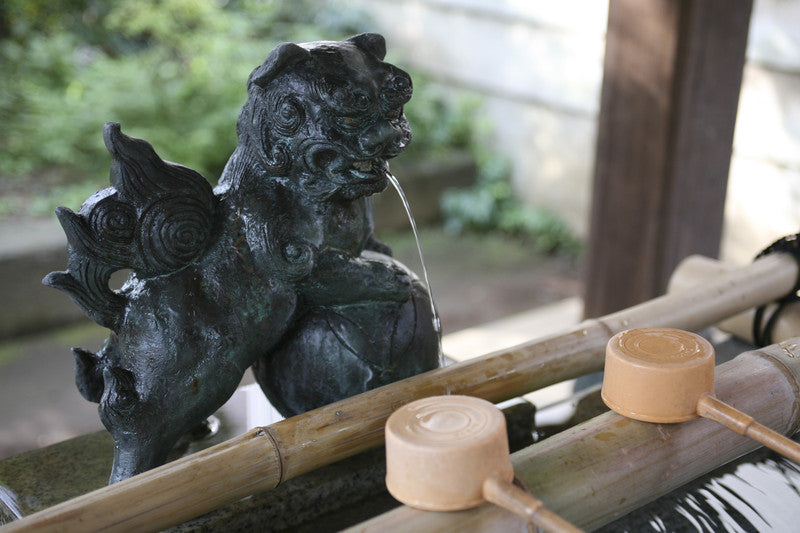Your cart is currently empty!
Category: Culture
Shodō – The Art of Japanese Calligraphy

Shodō (書道) literally means “the way of writing”, thus calligraphy is often understood as a ” way of life through writing “. This means that life is devoted to mastering the secrets of Far Eastern calligraphy, its various techniques, but most importantly, the spiritual aspect of it. It is one of the traditional Japanese arts… Read more
Tsugite, Japan’s Traditional Wood Joining Art

We are all capable of learning the basics of woodworking , and according to many experts, it is advisable to learn this skill . Most of those who learn usually do so with techniques that involve joining wood with nails or glue. A few, however, have the patience and dedication to master the art of… Read more
Temizu / Chozu – Hand Washing Etiquette

This photo is of a hand washing fountain in Japan, these fountains are used to perform Temizu. When you visit a shrine in Japan you must wash your hands and mouth with water from the purifying spring before entering. Water has the function of washing us from physical and spiritual impurities. You can see where… Read more
Ikebana – Beautiful Japanese Flower Arrangements

Ikebana is the art in which nature and human intervention meet to create something aesthetically beautiful. Also known as kadō (華道, “path of flowers”), it has always been closely linked with other traditional Japanese arts such as waka poetry, kōdō (incense appreciation) and chadō (tea ceremony). The word Ikebana (生け花) means “giving life to flowers”.… Read more
Karate – The Way of the Empty Hand

Karate (空手), also known as Karate-dō (空手道) “the way of the empty hand”. Karate is believed to have arrived in China around 1,400 years ago by Daruma, the founder of Zen Buddhism in western India. His teaching methods were very hard and exhaustive, which he developed as a training system so that his disciples would… Read more
What is Tatami / JAPAN in Short

Many times you will have seen in Japanese architecture, especially in traditional Japanese rooms that it has a different type of floor, which is like a bit of woven straw and that in this room you don’t wear shoes. This type of flooring is tatami and it is almost as old as the written history… Read more
The Architecture of Japanese Temples and Shrines

Japan is full of shrines and temples in both large cities and small towns. And no matter how far apart they are from each other, they all follow the same construction scheme . Shrines and temples are built in different architectural styles that can often be distinguished by the shape of the roof . These… Read more
The Empress Fujitsubo – Tales of Genji

One of the important characters in the Tale of Genji ( Genji Monogatari 源氏物語) is Empress Fujitsubo . Although he only appears in the first part of the book’s story, his influence weighs heavily on everything that happens with the main character, Genji . The History of Genji was written by Murasaki Shikibu during the… Read more
Noren – Traditional cloth dividers in Japan

Noren (暖簾) are traditional Japanese cloth dividers that are hung between rooms, walls, doors, or windows. They generally have one or more vertical slits cut from the bottom to near the top of the fabric, allowing for easier passage or display. Noren are rectangular and come in different materials, sizes, colors, and patterns. Noren are… Read more
Fūrin – Wind Chimes

You have probably seen them in the manga or heard them in the anime, the fūrin are an important part of the very particular sounds of summer in Japan. These wind chimes ( fū風 means ” wind ” and rin鈴 means ” bell “) are hung outside or near windows and people enjoy the soothing… Read more
